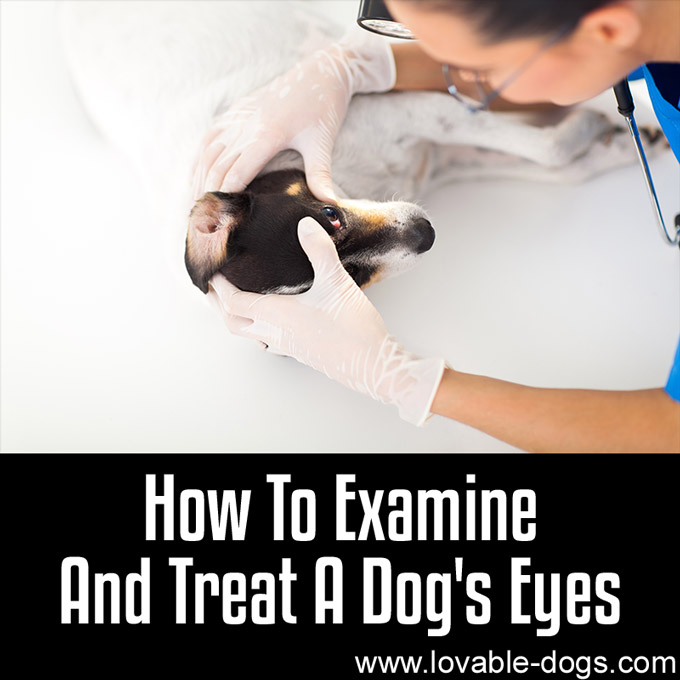
How To Examine And Treat A Dog’s Eyes – Image To Repin / Share
Image – © michaeljung – Fotolia.com
If you notice that your dog’s eyes have been squinting, watering or blinking frequently, that could be a sign that your pet is suffering from eye problems. Any disease, condition or symptoms that affect the eyes of the dog should be taken seriously because whenever these conditions are not addressed properly and immediately, they can elevate to blindness. This is one of the reasons why it is recommended that dogs should receive annual checkups to keep their eyes healthy.
Since your pet cannot tell you how it actually feels when it is sick, knowledge about the anatomy of the canine eyes is important when raising a dog. Looking into the canine’s eyes, you’ll know that they are healthy if they are moist, shining, and wide open. In low light, its pupils tend to dilate. On the other hand, when the eyes are exposed to bright lights, its pupils shrink. You should also find the membranes along the eyelids to be pink in color. Also, you should not find any swelling around and in the eyes. Lastly, there should be no presence of discharges in or around the eyes. [1]
Like any other health conditions, eye diseases come with various signs and symptoms. Dogs suffering from eye disorders may experience discharges from yellow to white or green, or swelling and redness of the eye. Other symptoms include bulging eyes, closed eyes, sensitivity to light, cloudiness, and frequent rubbing / pawing of the eyes. Upon the occurrence of these symptoms, your dog must be sent to a professional veterinarian to prevent reduced vision quality, and complete loss of vision, in worst cases.
Some of the most common eye disorders which dogs suffer from include dry eyes, conjunctivitis, corneal cancer, cataracts, glaucoma, and corneal ulceration. [2] Other dogs may be diagnosed with ectropion, entropion, retinal degeneration, inflammation of the eyes, blespharospasm, ectopic cilia, and cherry eyes. [3]
When discharges appear in your dog’s eyes, you can take them out by using an eye cleaning solution, or a saline solution which can be made by adding a teaspoon of salt to a glass of water. Using cotton balls, you can clean the discharges of the eyes. However, if symptoms continues to persist, taking your pet to a qualified vet is highly advised. [4]
Visit this page http://www.vetmed.wsu.edu/ClientED/dog_eyes.aspx to discover valuable information about how to examine and treat your dog’s eyes.

